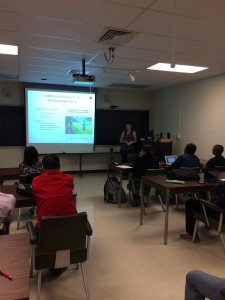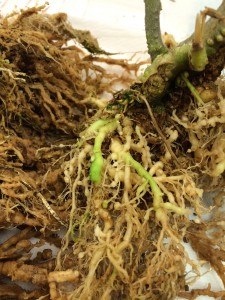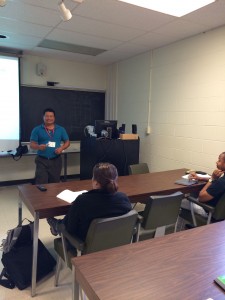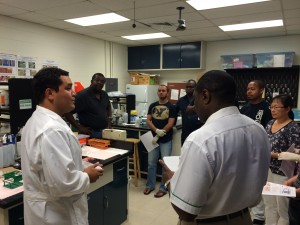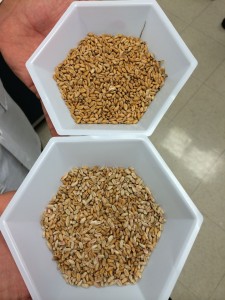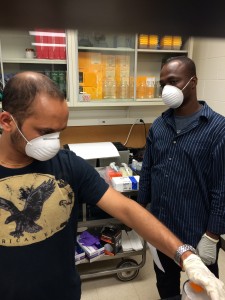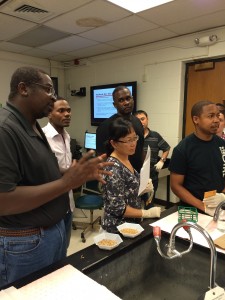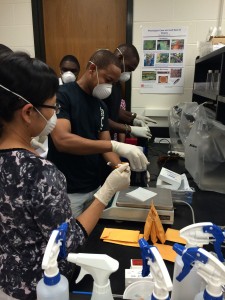The short course wound up on Friday, September 12 with a half-day of insect pest ID practice. Dr. Luis Cañas and Nuris Acosta presented a final case study on the insect group Thysanoptera: Thripidae and Diptera: Tephritidae, Agromyzidae. Participants made great use of the digital microscopes provided to them to identify key morphological characteristics. 

We finished the course with a “post”- test, an anonymous follow-up clicker survey to assess knowledge changes among the participants. Participants indicated that they now have a better understanding of classical, molecular and digital tools to diagnose plant diseases and identify insect pests than they had 2 weeks ago.
After lunch, OARDC Director Dr. Steve Slack presented course completion certificates to all of the participants.
Stay tuned for updates on next year’s short course.
